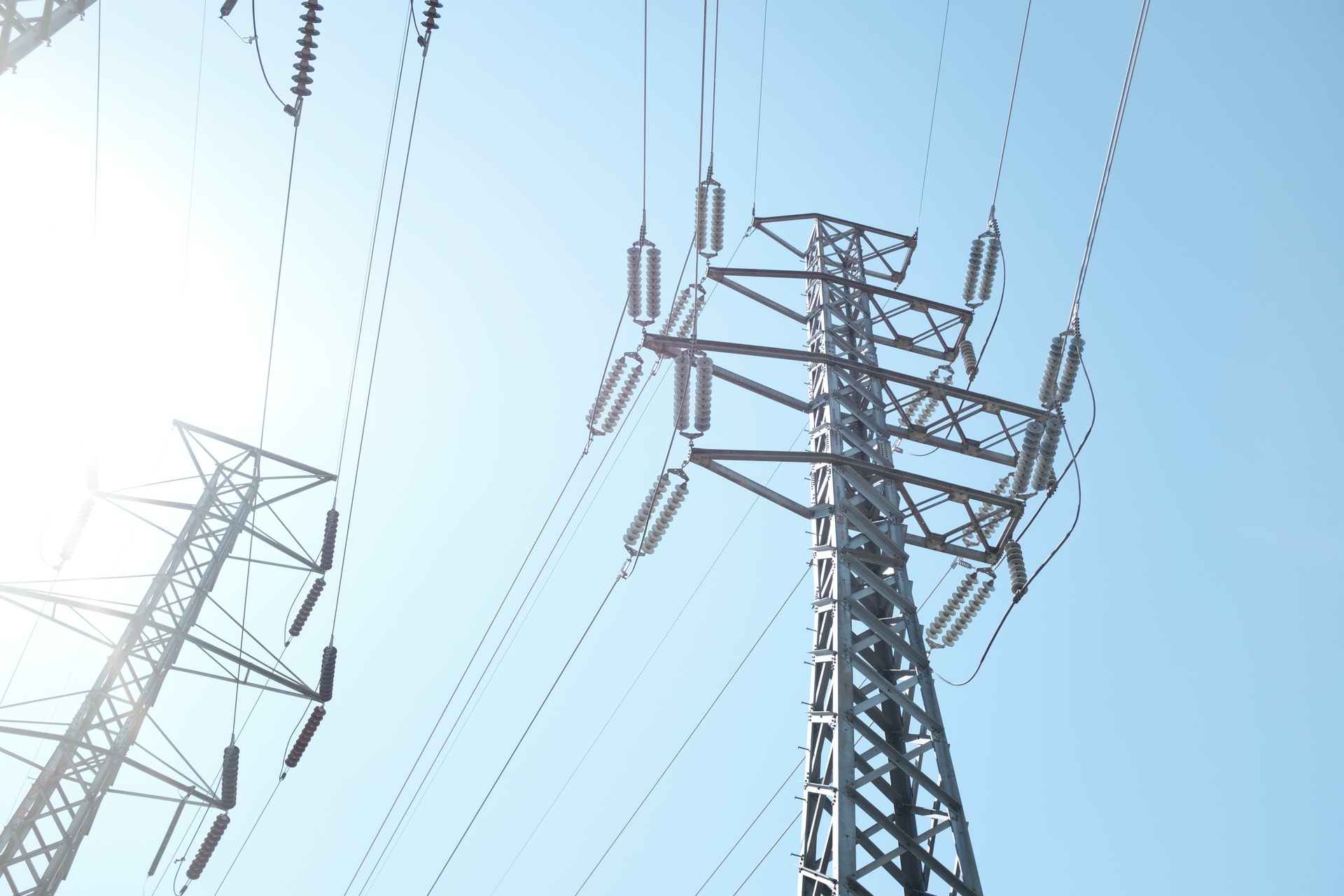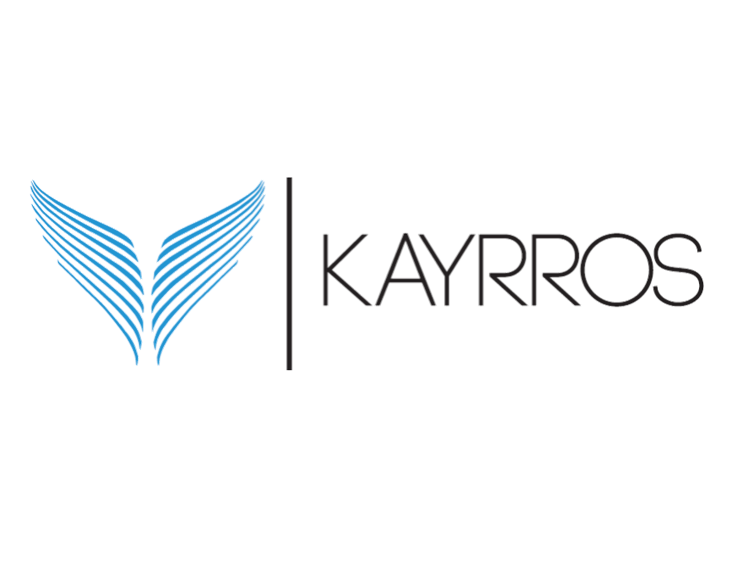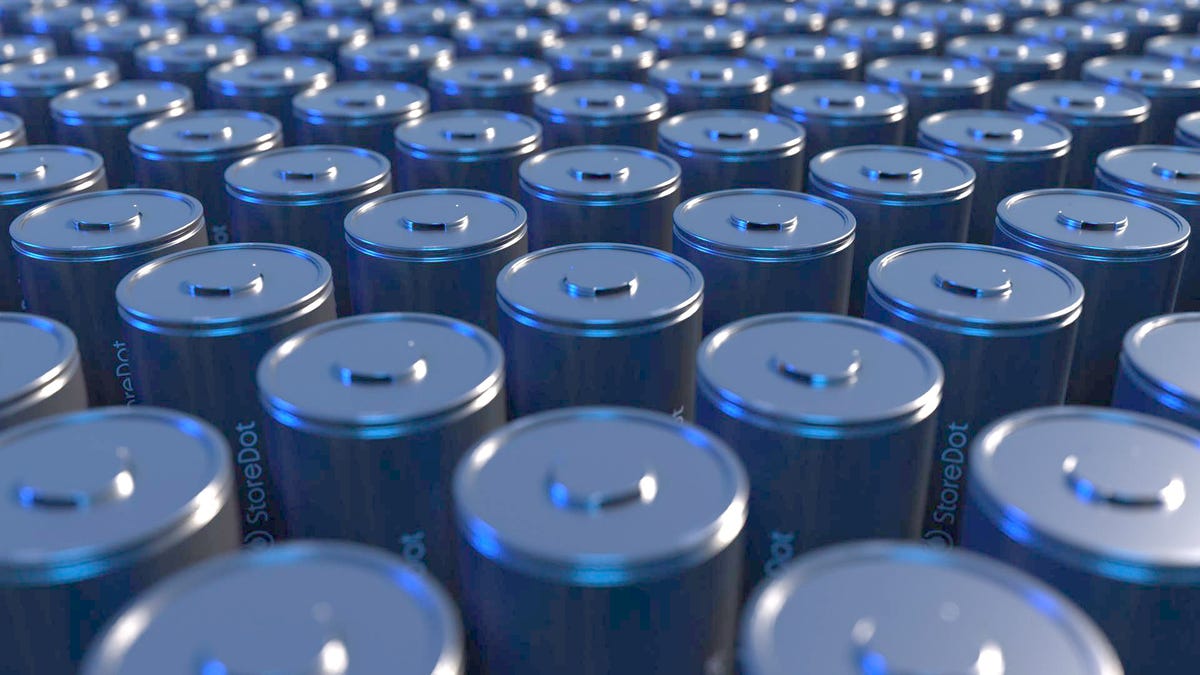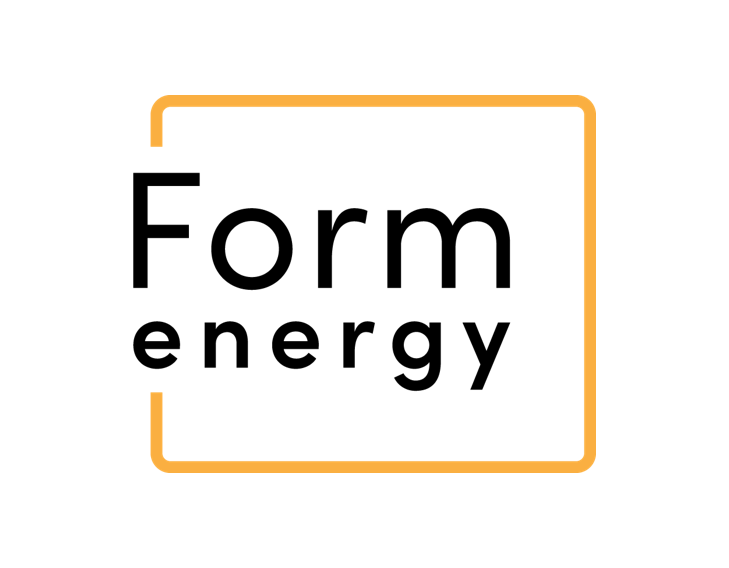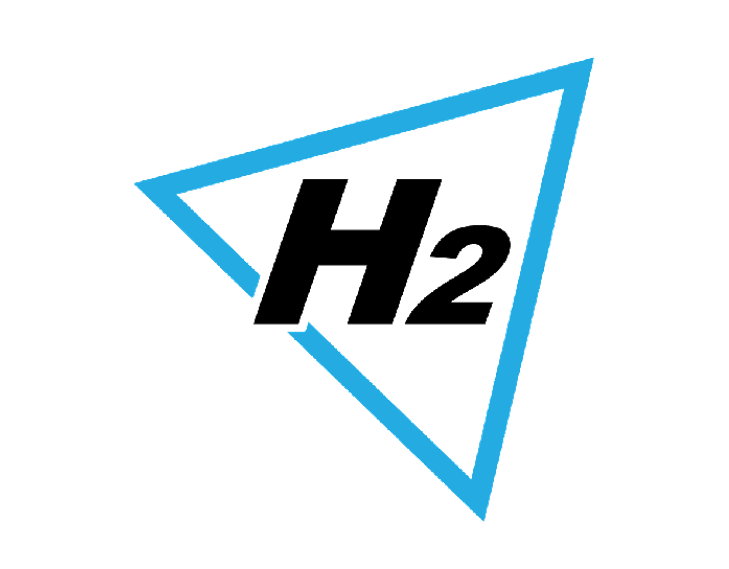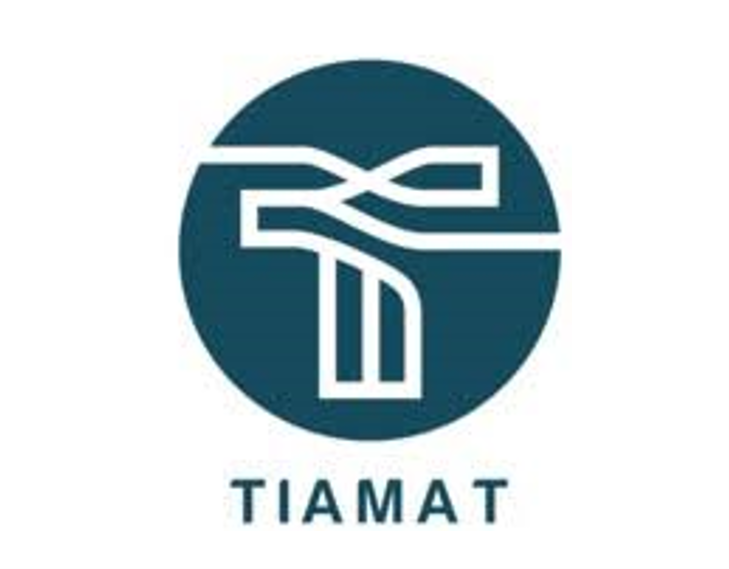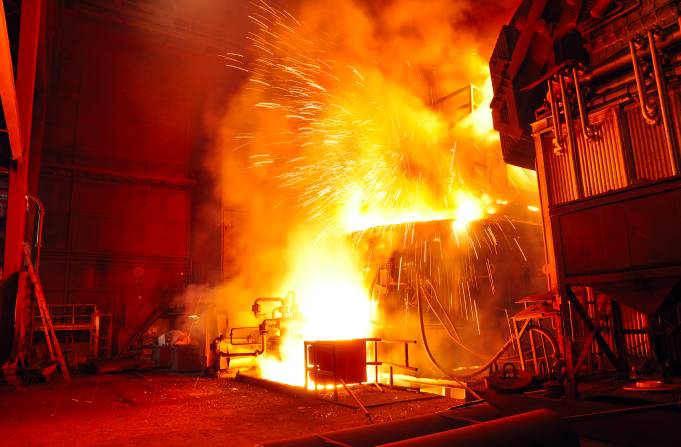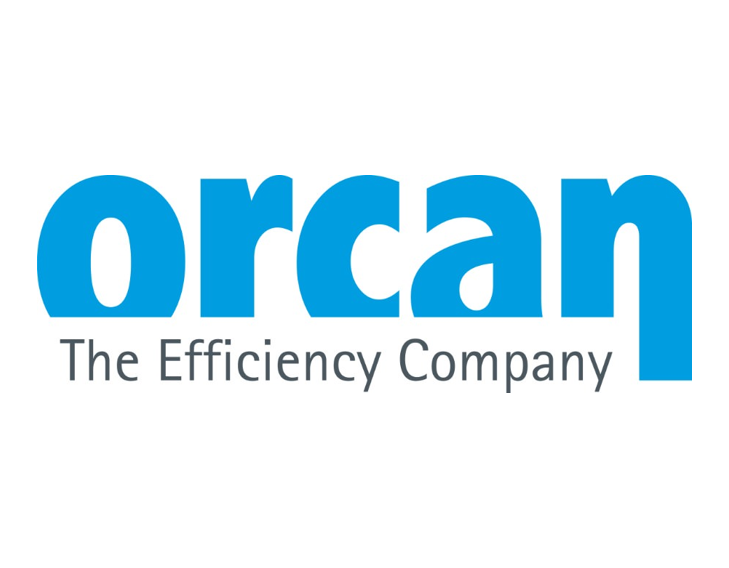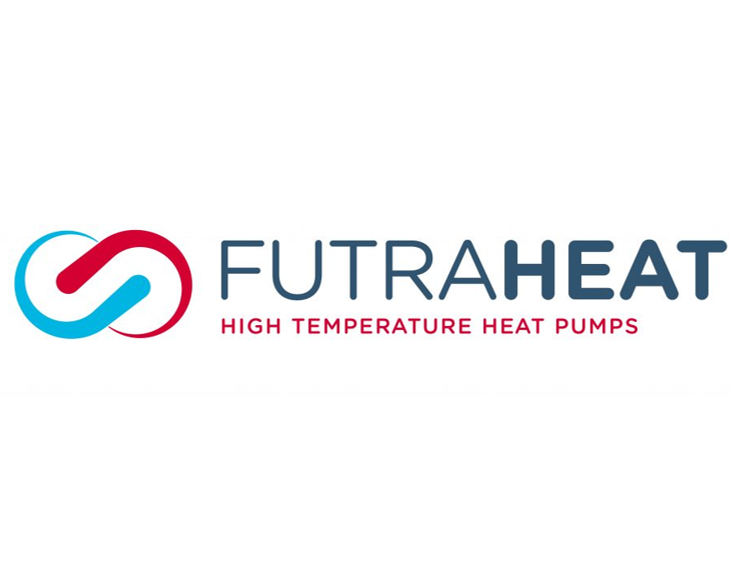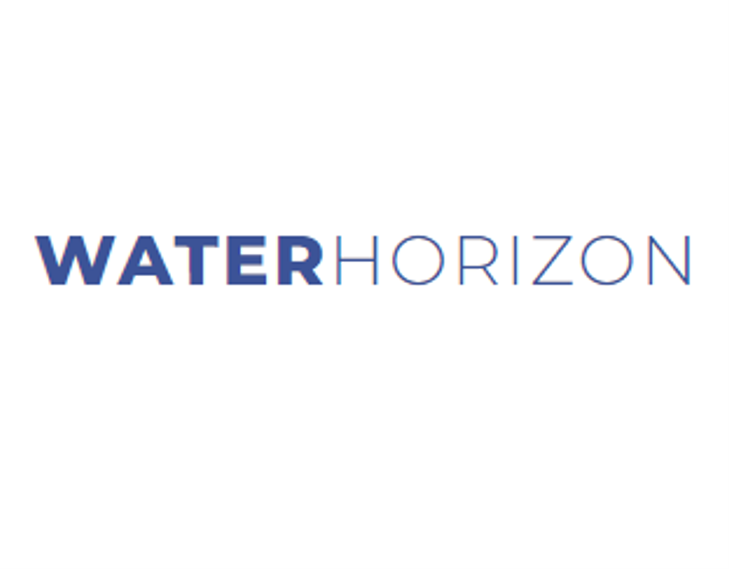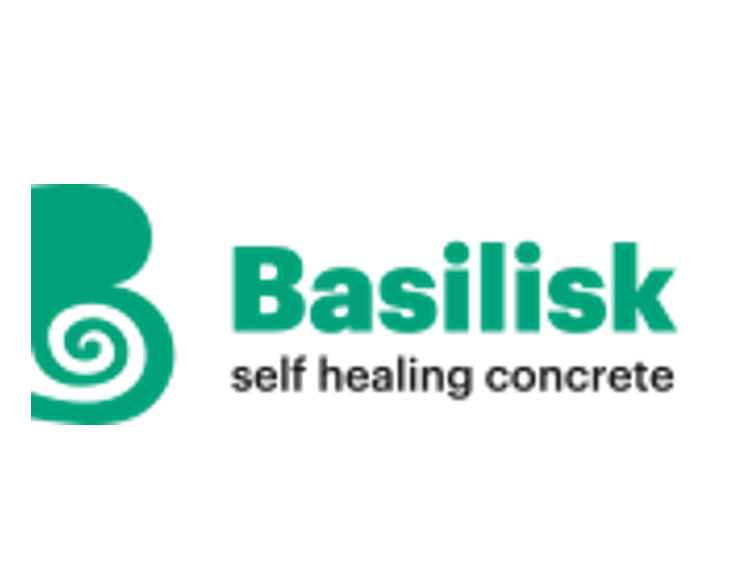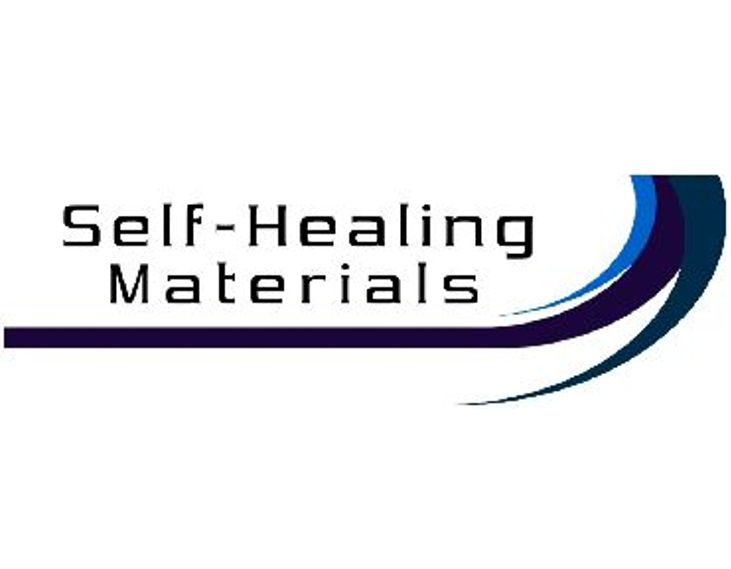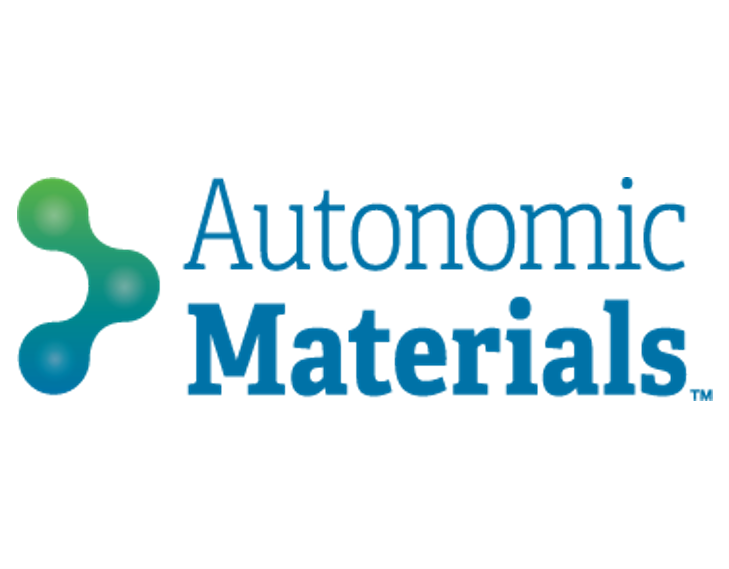In September, Munich-based startup Orcan Energy raised €28.5M from investors, including TiLT capital (French private equity investment) and existing investor Air Liquid Venture Capital. The startup’s technology is designed to turn waste heat into clean electricity. With 502 modules worldwide, Orcan Energy is the world’s second largest supplier of waste heat-to-power technologies, behind Ormat, a power generator that has been operating internationally since 1965 with 1,226 solutions.
This fundraising round reflects the trend of increasing global demand for waste heat recovery solutions. Indeed, the global market was valued at $59.4 bn in 2020 and is projected to reach $114.7 bn by 2028, at a CAGR of 9.2%. The main drivers are rising fuel and electricity prices, as well as the imperative to reduce greenhouse gas emissions across all industrial sectors. Indeed, waste heat is a primary source of recoverable energy loss, offering significant potential for greenhouse gas emissions reduction. Total waste heat emissions account for 23 –53% of global input energy, with a range of theoretical recovery potentials of 6–12% (Oxford University).
Industrial waste heat is, by definition, the excess heat produced during industrial processes which is releasted into the environment. Residual heat sources are transferred by conduction, convection and radiation. There are three categories: losses at high-temperature (> 400°C) which mostly arise from the direct combustion processes; at medium-temperature (200 – 400°C) from the exhaust gases in combustion units; at low-temperature (< 200°C) from parts, products and equipment of the treatment units. Low-temperature losses represent the largest share accounting for a total of 66%, 29% for medium-temperature and 5% for high-temperature (Interreg Central Europe).
But which waste heat recovery (WHR) technologies exist? And what are their maturity?
Technologies can be categorized as passive or active technologies. This depends on whether external energy input is required or not.
- Heat exchange (passive): contains the technologies through which the recovered waste heat is used directly at the same or lower temperature (e.g., plate heat exchanger, thermal energy storage systems)
- Waste heat to heat (active): through which recovered waste heat is used to produce thermal energy at a higher temperature level (e.g., heat pumps, mechanical steam compression);
- Waste heat to cold (active): contains the technologies through which recovered waste heat is used to produce cooling energy (e.g., absorption and adsorption chillers);
- Waste heat to power (active): contains the technologies through which recovered waste heat is converted into electricity (e.g., Organic Rankine cycles, Kalina cycles, Supercritical CO2 cycles, etc.);
The underlined technologies are the most representative of their category.
Numerous industries can benefit from waste heat recovery systems such as glass manufacturing, cement manufacturing, iron and steel manufacturing, aluminum production, metal casting, industrial boilers, ethylene furnaces, etc. As such, pilot projects have been developed by leading players in the space.
Cement manufacturing
CEMEX has joined forces with Orcan Energy for the establishment of a waste heat recovery plant at its Rüdersdorf, Brandenburg, cement plant. Orcan Energy will supply six generator modules for the installation using its Organic Rankine Cycle (ORC) technology.
Chemical and petrochemical
BASF and MAN Energy Solutions have entered into a strategic partnership to pursue the construction of an industrial-scale heat pump at the BASF site in Ludwigshafen.
Glass manufacturing
Beginning of the year, Saint-Gobain announced its plans to install heat recovery technology at its gypsum wallboard plant in Vancouver.
Iron and steel manufacturing
Tata Steel UK took part in the H2020-funded project “Industrial thermal energy recovery conversion and management”.
Yet, there are practical limits (technical and economic) with respect to the recovery potential of those losses. Factors that influence the feasibility of WHR options include heat quantity, heat temperature (quality), composition and logistical constraints like operating schedules and availability. As such, there are no particular barriers to heat recovery at high temperatures: this process is more feasible, mainly due to the availability of more mature technologies and the greater energetic efficiencies involved, which results in a more immediate economic return. As regards to low temperatures, the situation is different; due to its low exergy, low-grade waste heat is more difficult to capture & use.
In short, waste heat recovery has significant potential to increase energy efficiency in industry. Accounting for two thirds of the share, many low-grade heat recovery technologies have been developed in the last decade such as Organic Rankine Cycles (ORC), heat pumps (HP), various heat exchangers, and many other technologies under development. To accelerate their adoption, as well as to educate stakeholders on the topic, numerous Horizon Europe-funded projects have flourished. These include TASIO, LOWUP, EU-MERCI and more.

